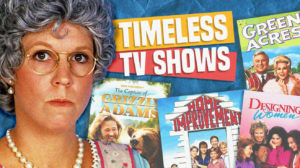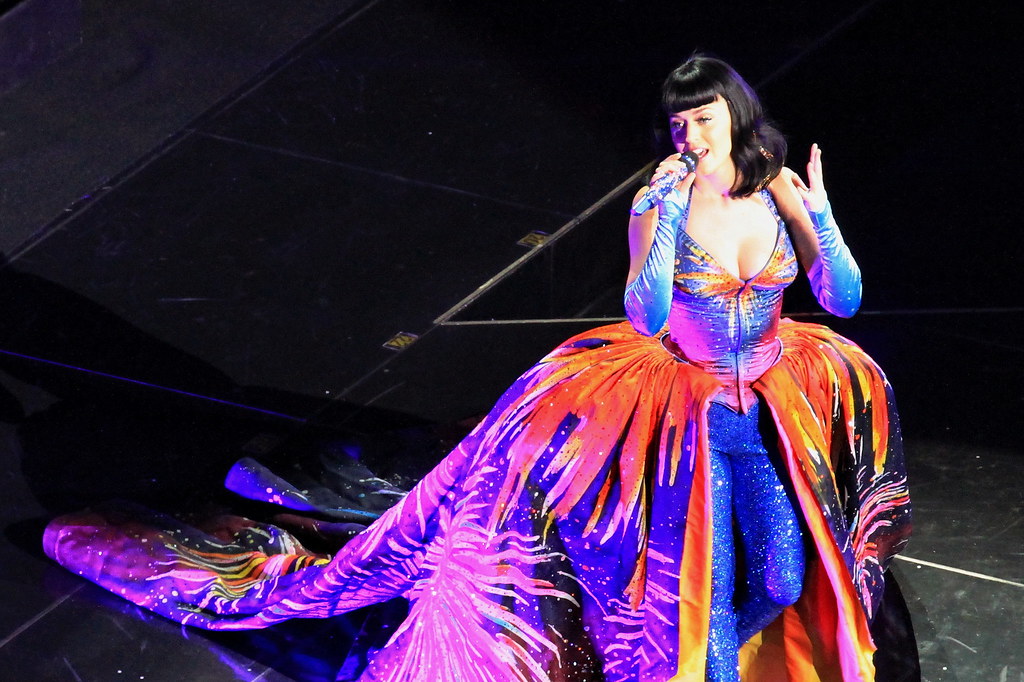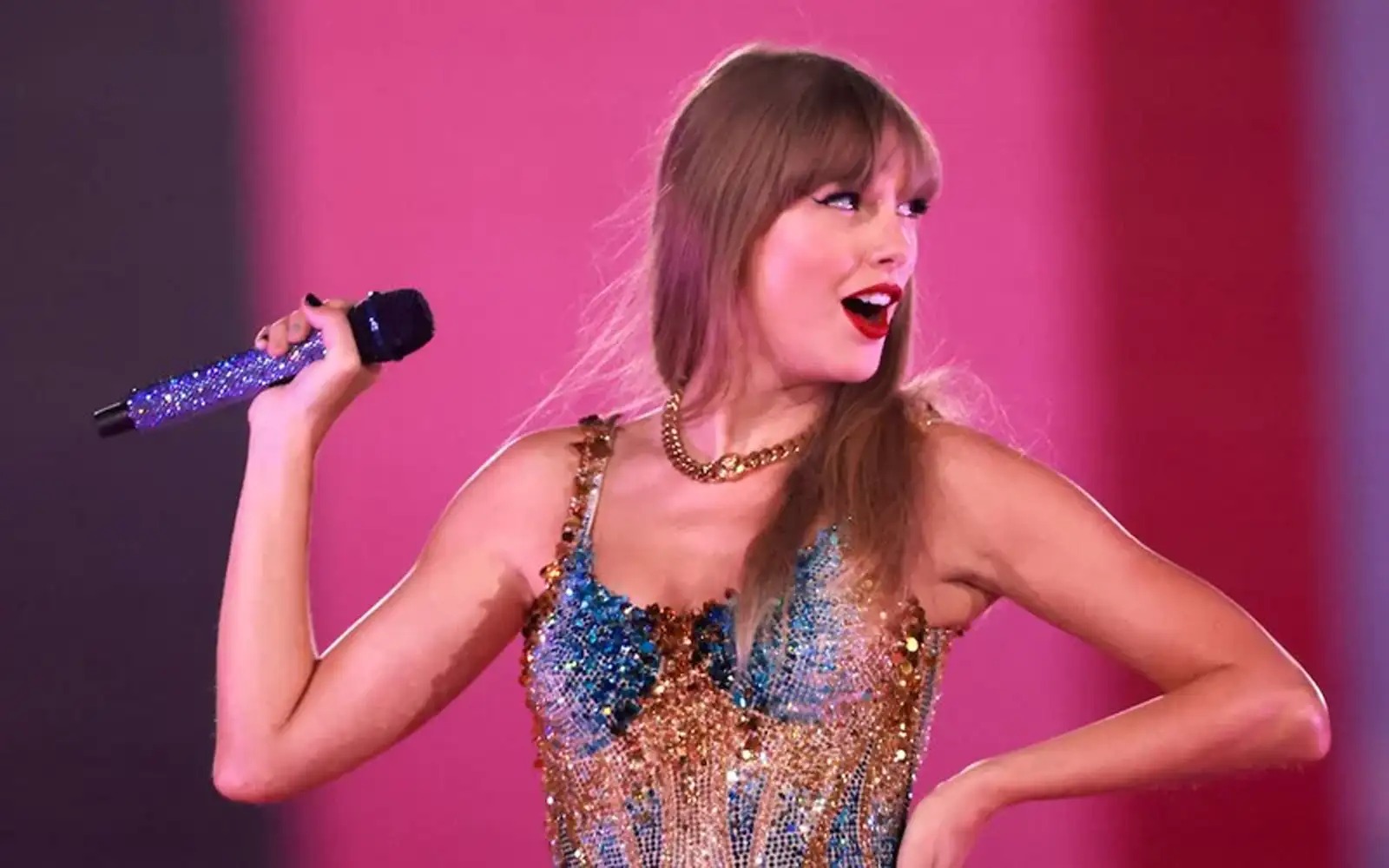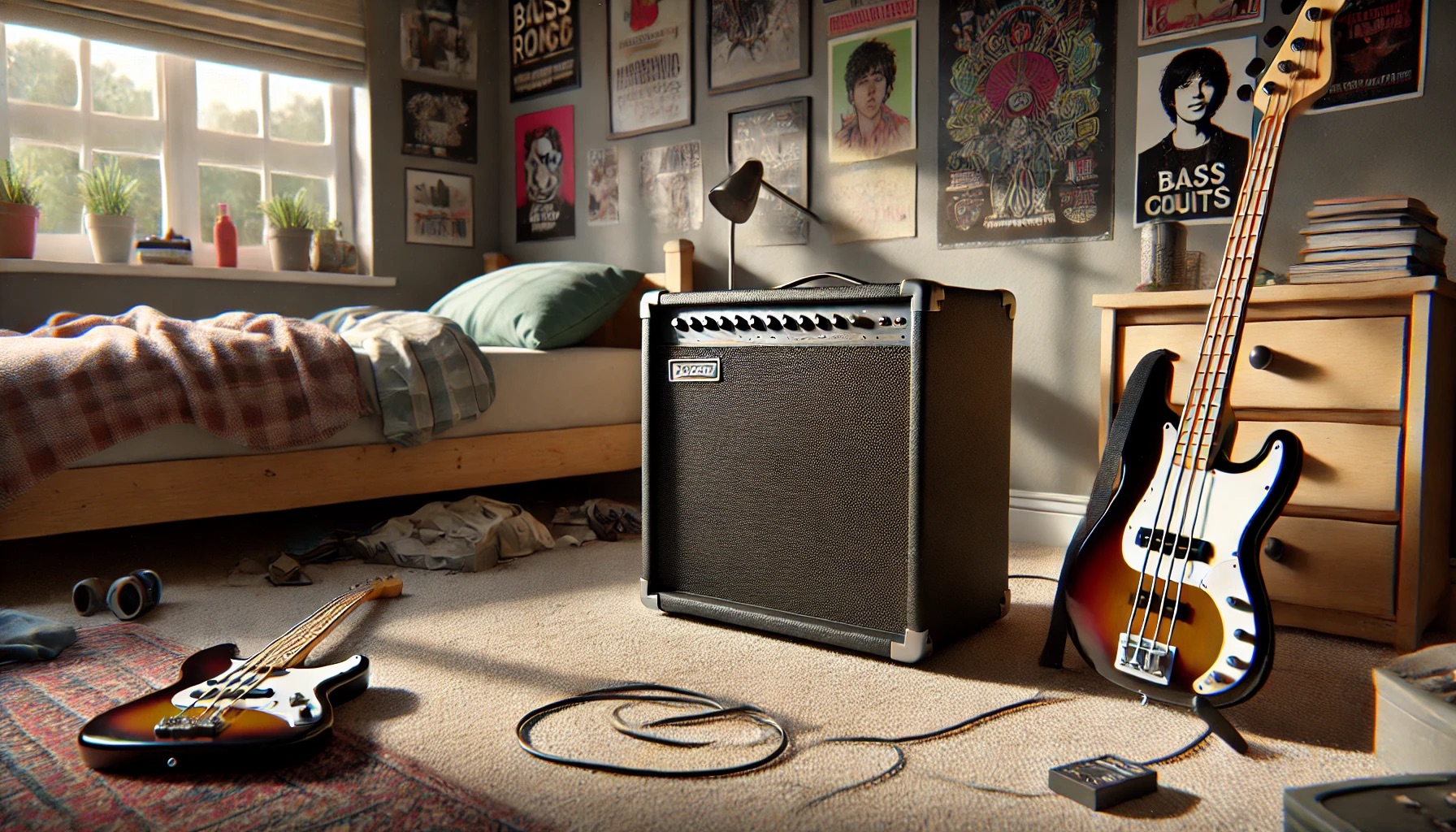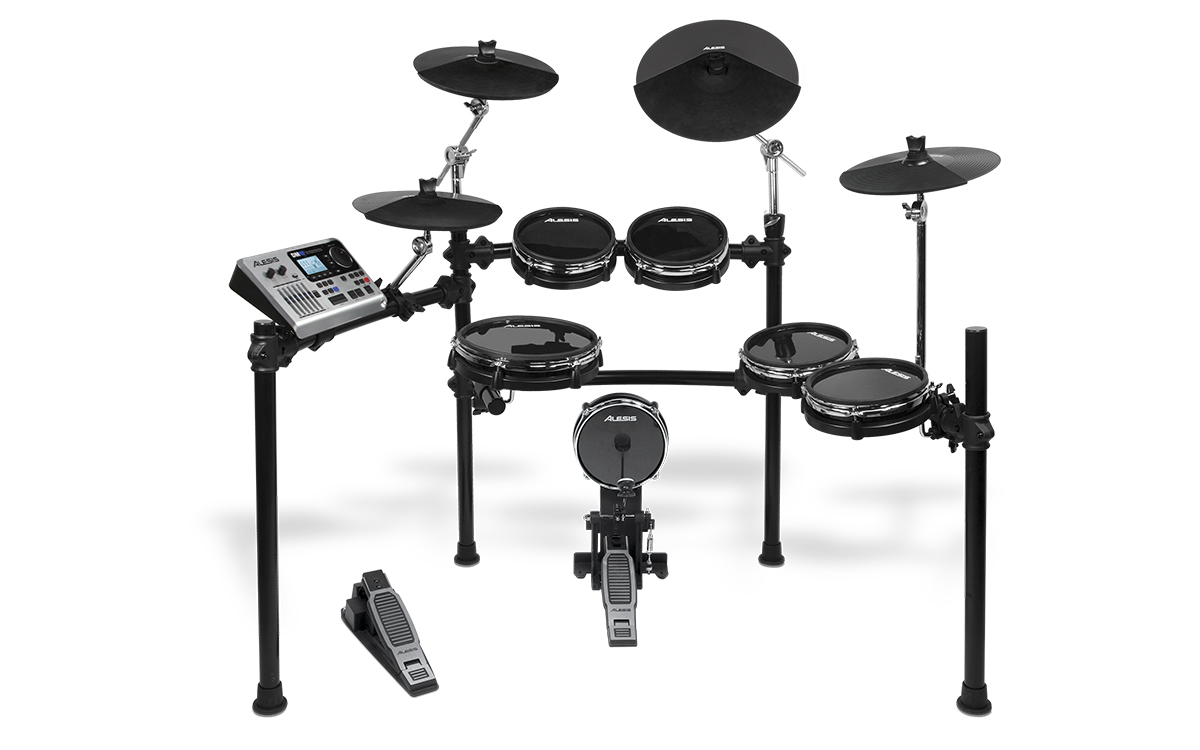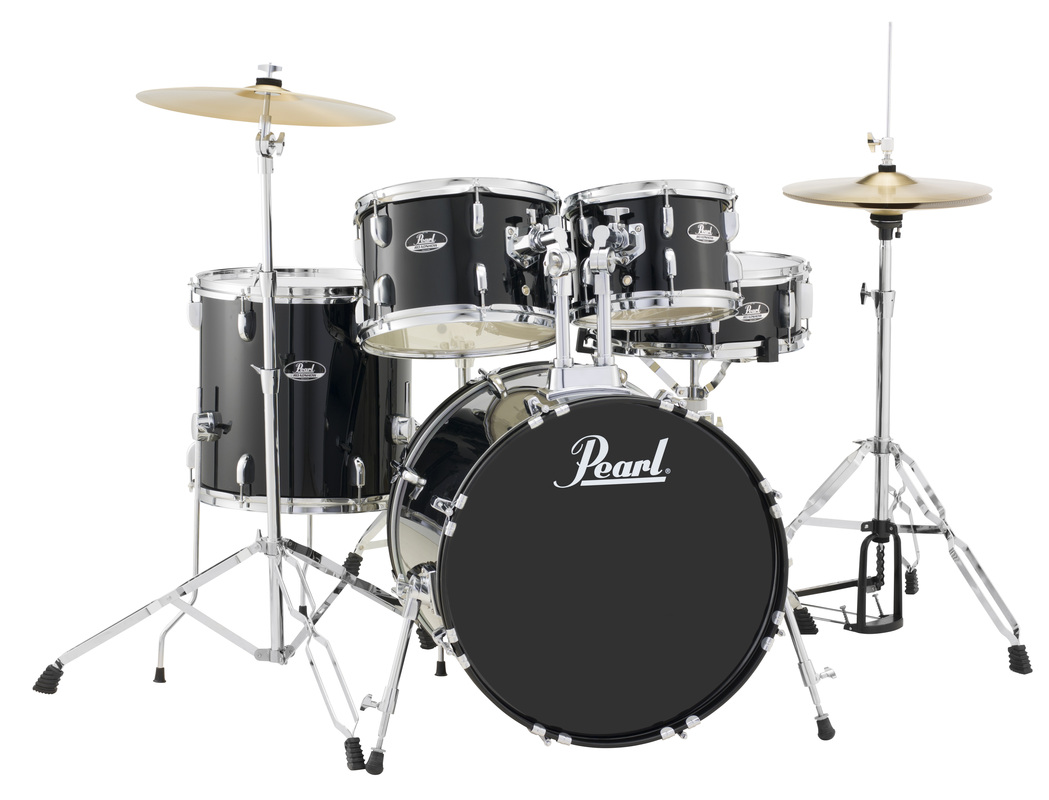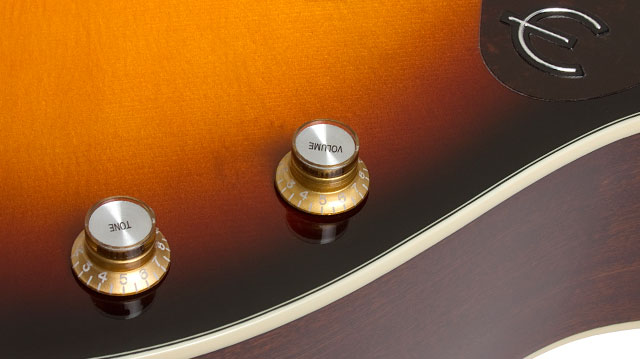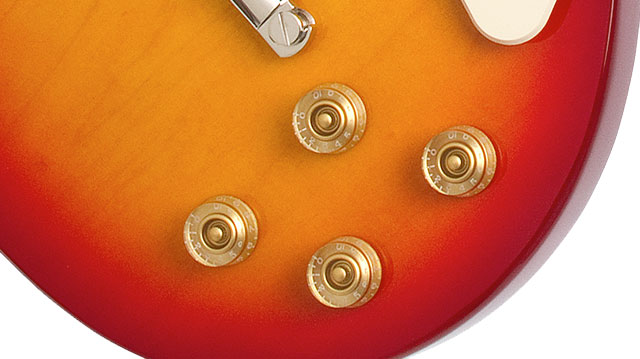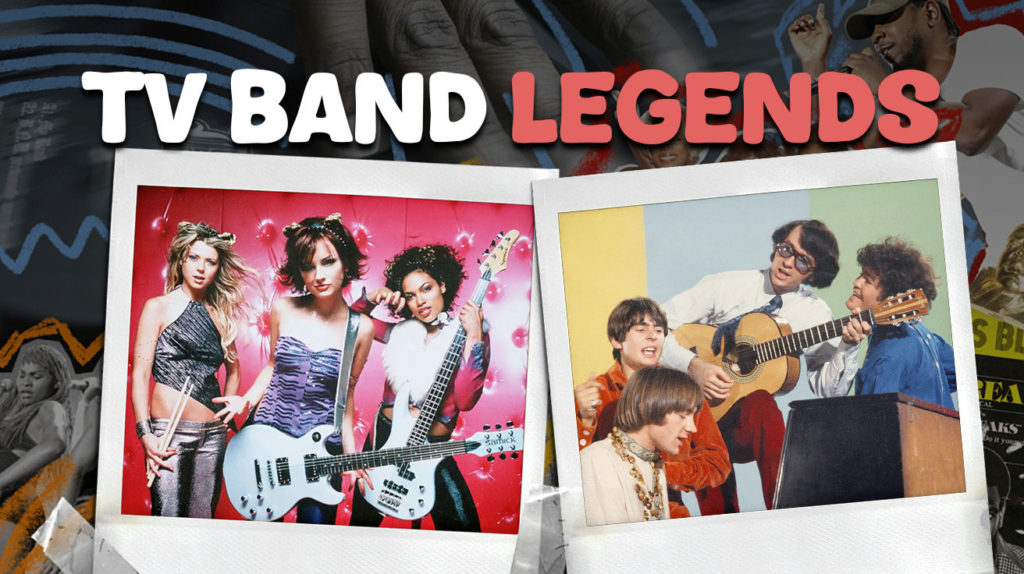
What experts know about focus would transform your workday completely. The ability to concentrate deeply separates top performers from everyone else. Research confirms that distractions cost workers up to 40% of productive time daily. Most people never develop this critical skill despite its massive impact.
Discover the focus techniques that power breakthrough performance.
7. The Monkees
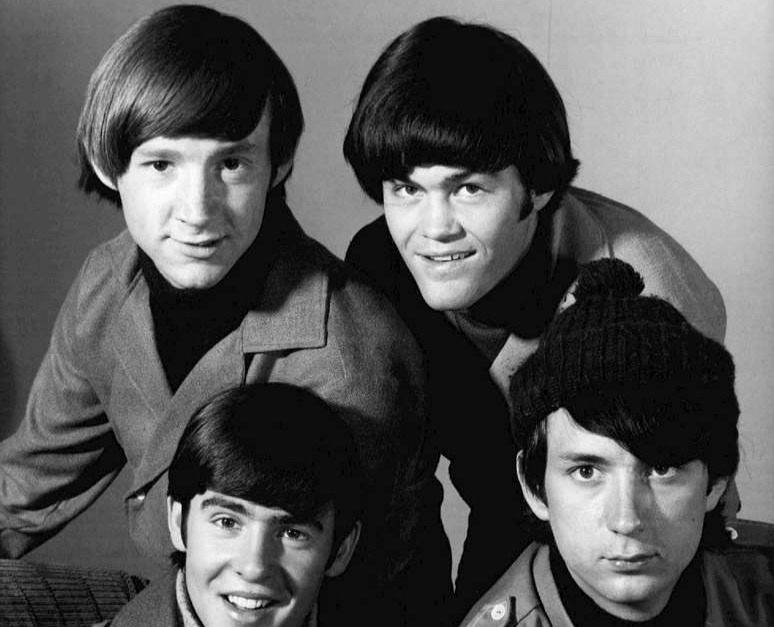
In 1967, The Monkees achieved what seemed impossible for a manufactured band by outselling both The Beatles and Rolling Stones combined. Created in 1966 as NBC’s response to the Beatles’ film success, The Monkees starred four members who initially functioned primarily as actors.
By 1967, they outsold The Beatles and Rolling Stones combined with hits like “I’m a Believer” and “Last Train to Clarksville.” The group evolved beyond their manufactured image, fighting for creative control and playing their own instruments on later albums like Headquarters.
Their 1968 film ‘Head’ co-written by Jack Nicholson deliberately challenged their teen idol image. Much like Neo breaking free from the Matrix, they rejected their programmed role. Caught between teen idol status and artistic credibility, The Monkees navigated a path that would later influence how manufactured bands could achieve authentic musical respect.
6. The Partridge Family

The Partridge Family’s colorful bus transported not just a fictional family band but launched one of television’s most successful music crossovers. This fictional family band featured in a sitcom (1970-1974) about a musical widow and her children. Their debut single “I Think I Love You” reached No. 1 on the Billboard Hot 100.
The show catapulted David Cassidy to teen idol status, triggering mass hysteria at concerts and clamor to buy the best TVs. Cassidy attempted to shed his teen image in 1972 with a Rolling Stone cover, struggling to be taken seriously as a mature artist.
NBC canceled the series in 1974, but their catchy pop tunes created a lasting cultural impact. You might say their music career was like a soufflé – it rose quickly, peaked beautifully, then settled, but left everyone satisfied. In an industry where image often overshadows talent, The Partridge Family proved that fictional bands could create authentic hits with staying power.
5. Josie and the Pussycats
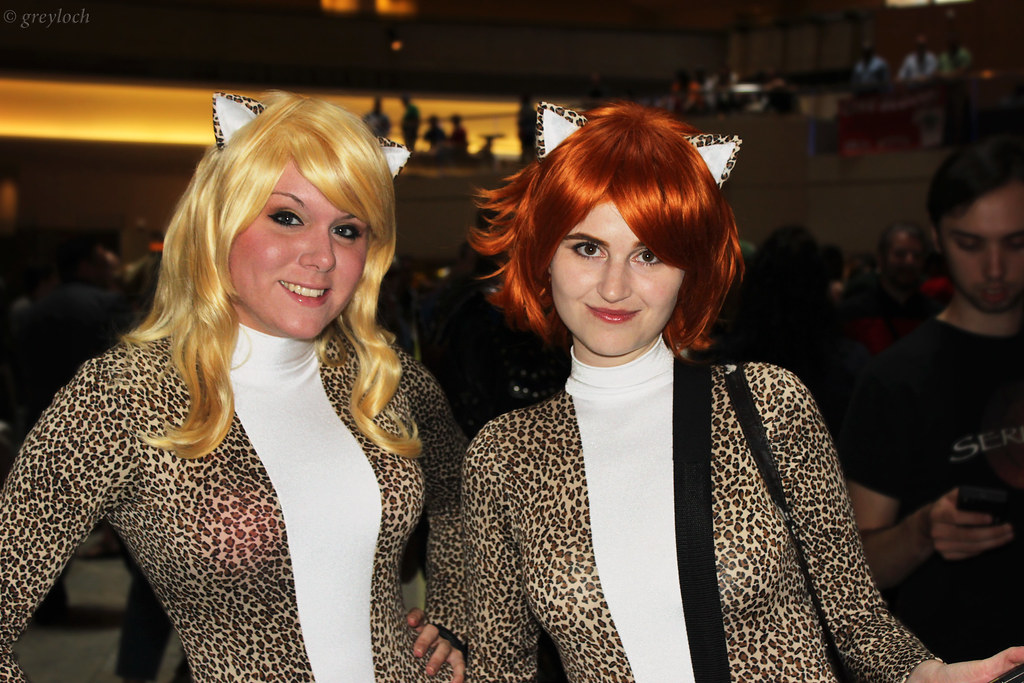
When children’s animation lacked diversity, Josie and the Pussycats broke new ground with the first Black female character in Saturday morning cartoons. The band actually recorded real albums with studio musicians despite running only from 1970-1971. Their catchy tunes and vibrant style resonated with audiences.
The cartoon broke barriers in animation. Valerie was the first Black female character in Saturday morning cartoons, pioneering diversity in children’s programming. This groundbreaking moment reminds you of Uhura’s importance on Star Trek – opening doors for future generations.
Despite its short run, the series became a cult favorite and influenced later animated shows with musical themes. You can still find their influence simmering in today’s animated musical content. If you’re seeking an example of how entertainment can drive social progress, Josie and the Pussycats demonstrates how even short-lived shows can create lasting change.
4. The Banana Splits

When psychedelic culture needed a kid-friendly ambassador, The Banana Splits delivered with their bizarre blend of music and unsettling visuals. The band offered a strange mix of sounds in their live-action/animated series. Al Kooper of Blood, Sweat & Tears led professional studio musicians for the band.
The group embarked on a tour, appearing at theme parks and state fairs. Their live performances captured a generation’s imagination despite limited mainstream appeal.
In 2019, the characters starred in a horror film, transforming childhood icons into terrifying figures. The band’s evolution was like taking a cake mix and turning it into a horror-themed dessert – sweet nostalgia with an unexpected twist. Nostalgia for this quirky band runs so deep that even decades later, audiences embrace reimagined versions of these characters.
3. Sha Na Na
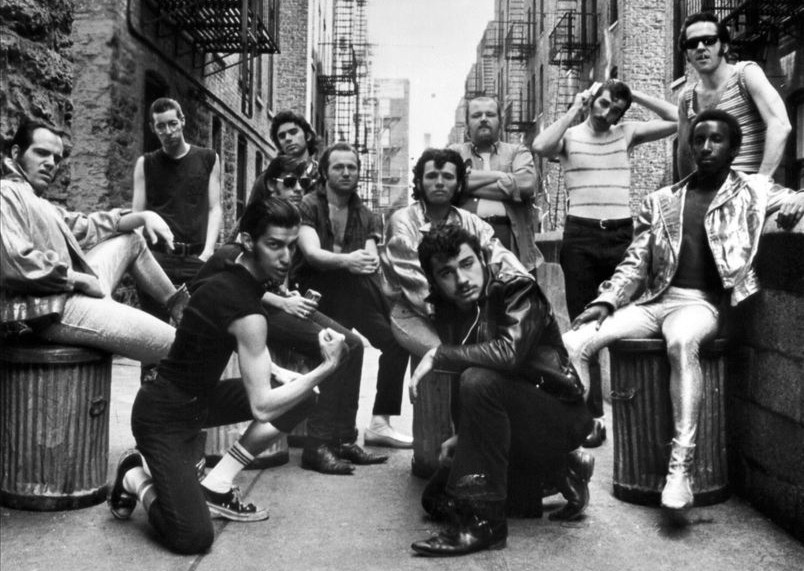
If you’re fascinated by bands that bridge different eras, Sha Na Na’s journey from Woodstock to television stardom represents a unique cultural phenomenon. The group performed at Woodstock right before Jimi Hendrix, surprising many with their unexpected blend of 1950s nostalgia and theatrical showmanship.
By 1977, Sha Na Na secured their own syndicated TV show that ran until 1981. The show celebrated the golden age of rock and roll, revitalizing classic sounds for new generations.
They appeared in ‘Grease’ in 1978, further solidifying their cultural status. A friend once told me he discovered Sha Na Na through his parents’ old VHS tapes and became obsessed with their style. From counterculture music festivals to mainstream television, Sha Na Na’s stylized performance of nostalgia created a blueprint for reviving bygone musical eras.
2. Dr. Teeth and The Electric Mayhem
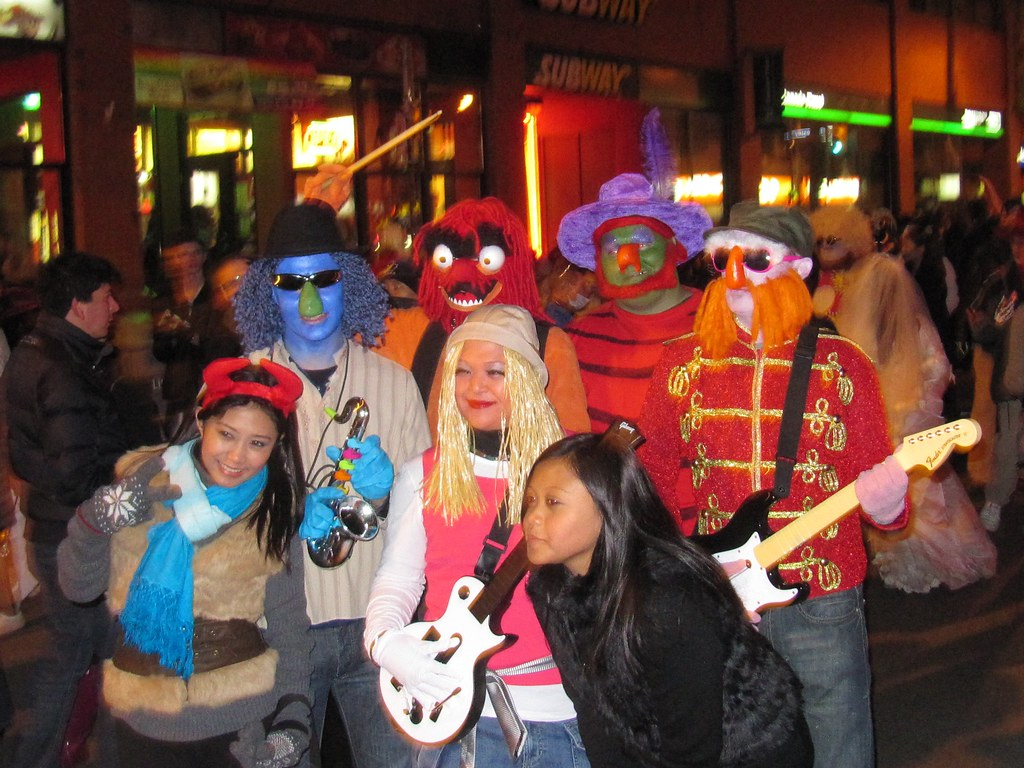
Five decades after their debut, Dr. Teeth and The Electric Mayhem achieved what few puppet bands ever could – releasing a legitimate studio album. Dr. Teeth and his bandmates exuded musical credibility in The Muppet Show. Animal’s drumming was modeled after Keith Moon.
The music wasn’t just lip-syncing for puppets, as the songs reflected actual musical effort. The band showcased their talents with each appearance, developing distinct personalities and styles.
In 2023, nearly 50 years after debuting, they released a full album. Much like the toys in Toy Story, these puppets took on lives of their own when nobody was looking. When caught in a creative rut, musicians might look to this puppet band that continually reinvented itself while maintaining its core identity across generations.
1. The Archies
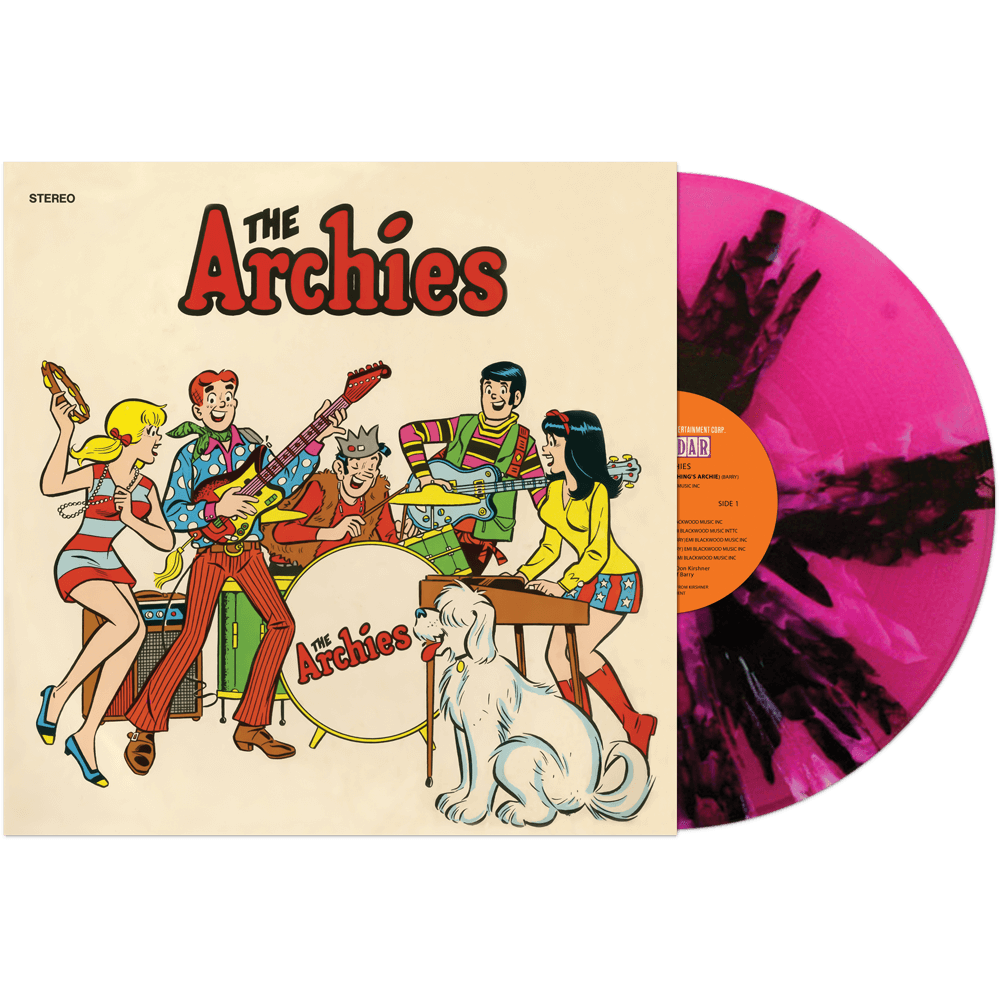
“Sugar, Sugar” by The Archies conquered the 1969 music charts, proving animated bands could achieve real-world success without ever performing live. The Archies epitomized catchy tunes and animated charm. Their signature hit became the biggest hit of 1969. It spent four weeks at number one and sold over 6 million copies worldwide.
Studio musicians, led by Ron Dante, provided the real vocals behind the animated characters. The band achieved chart-topping success despite being entirely fictional.
“Sugar, Sugar” remains a sing-along classic from that era. Their success recipe was like baking the perfect cookie – simple ingredients that combined to create something irresistibly sweet. This animated band’s lasting impact demonstrates that sometimes the most enduring hits come from unexpected sources.




